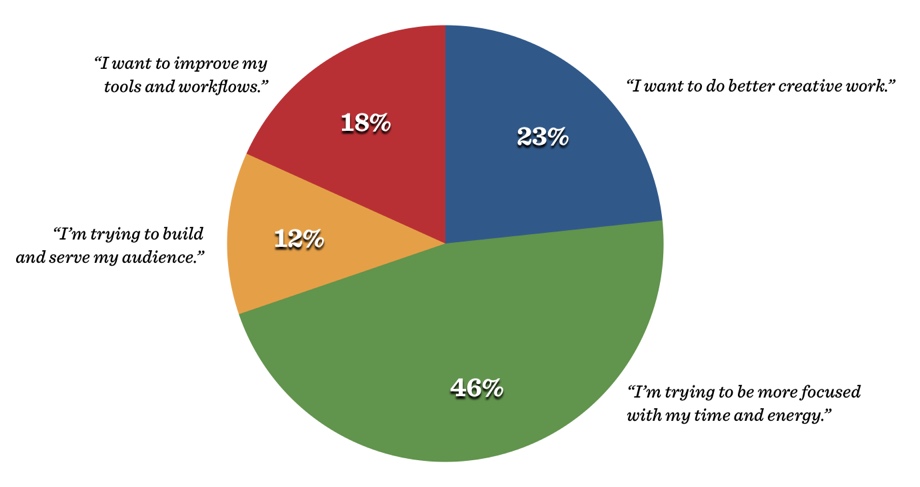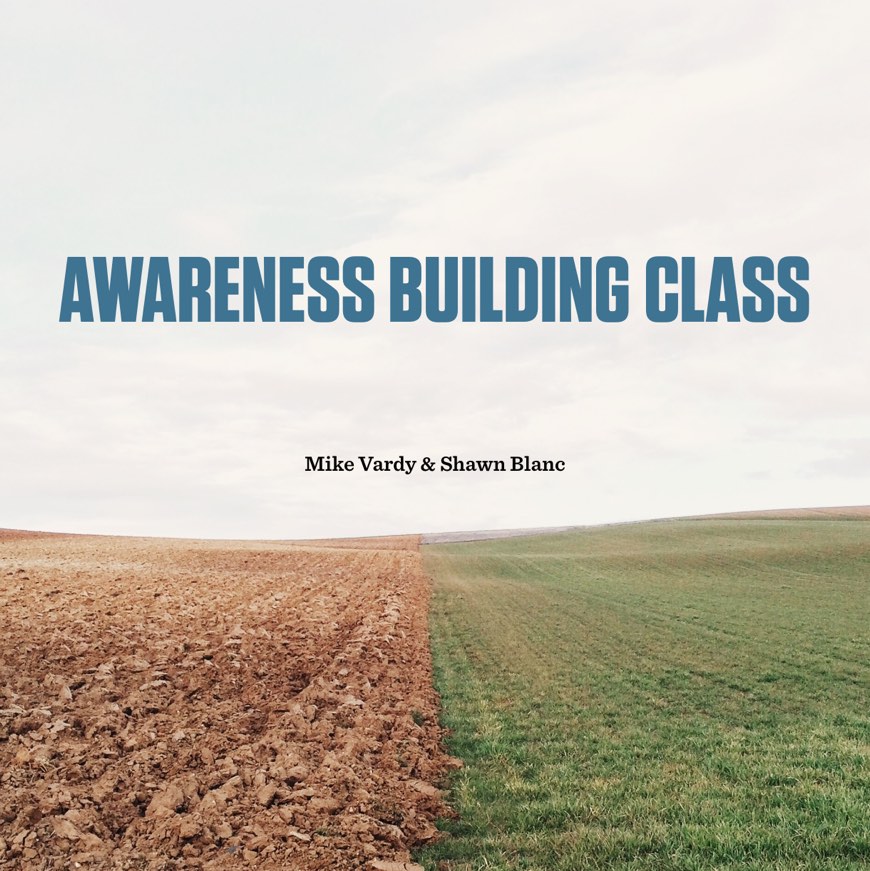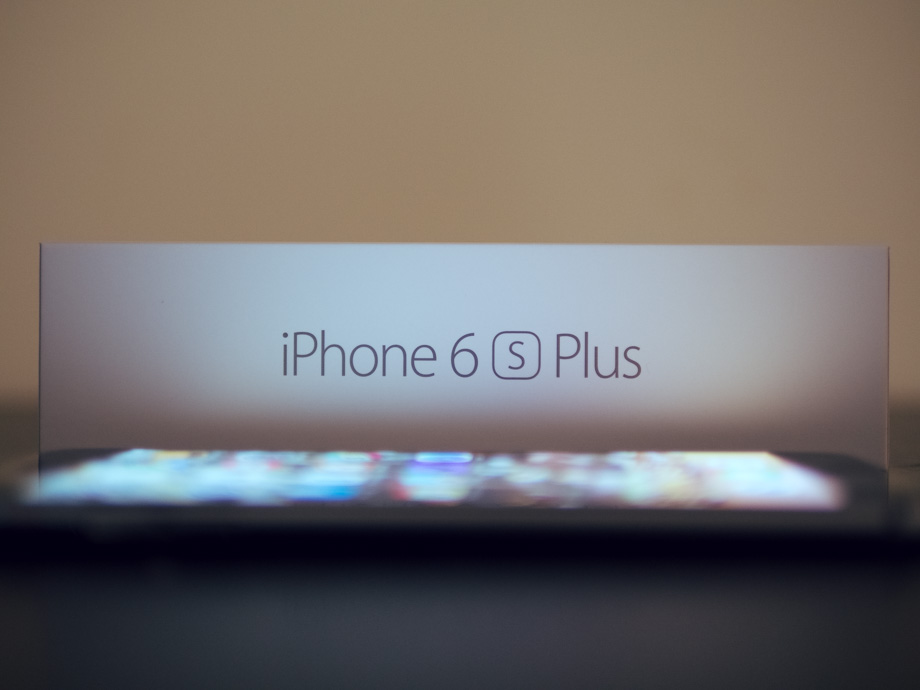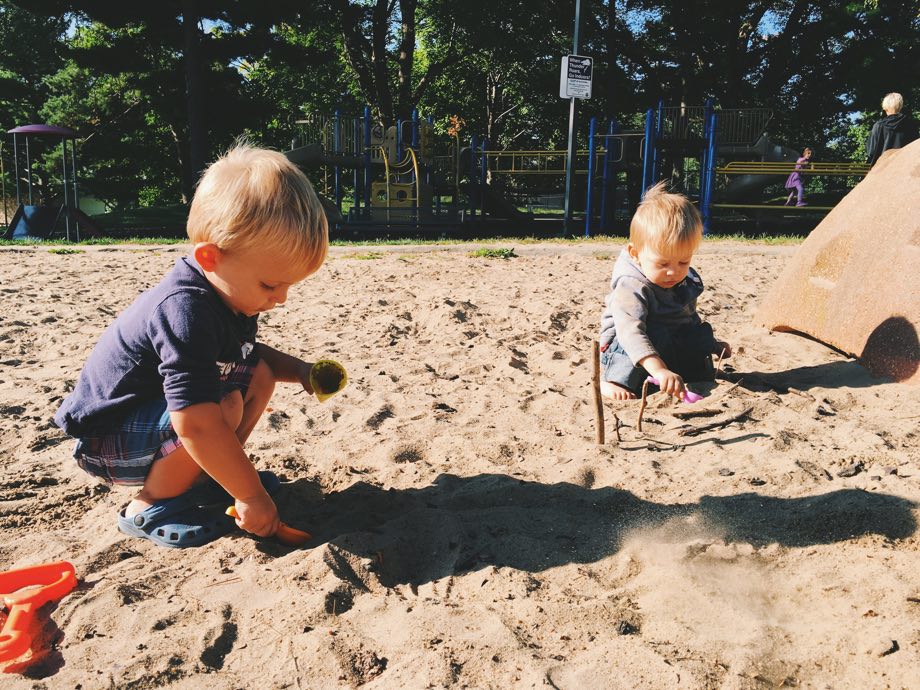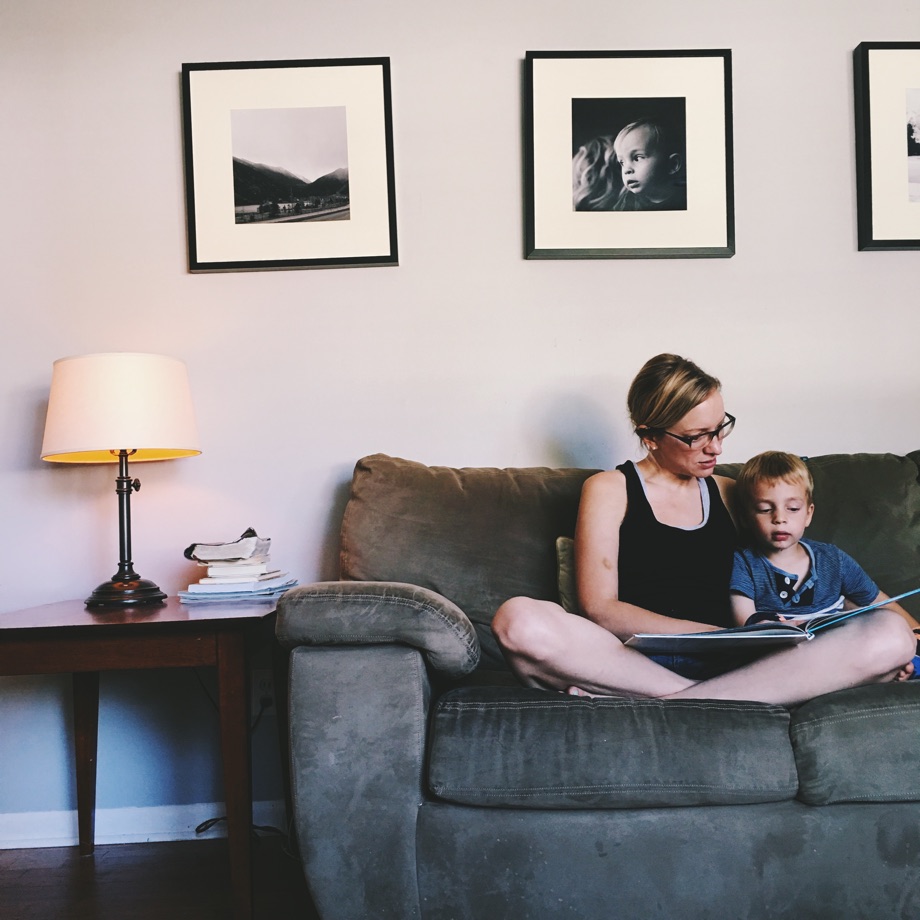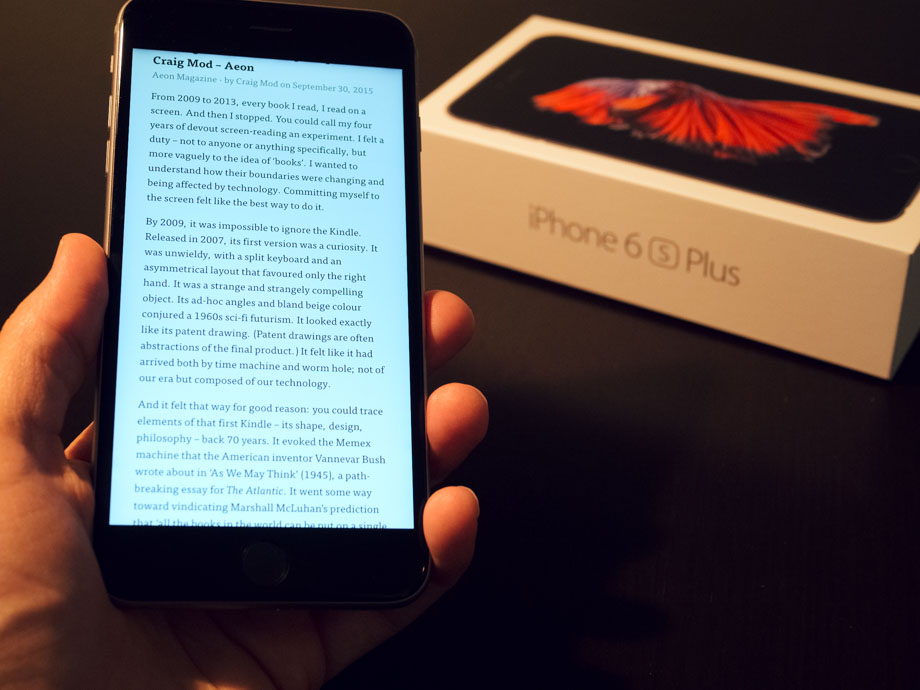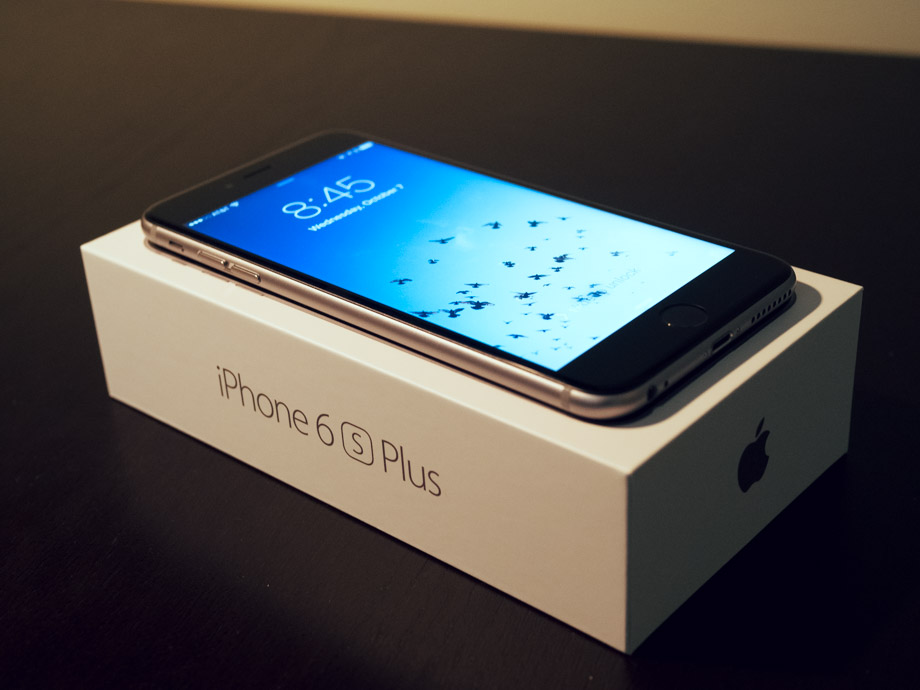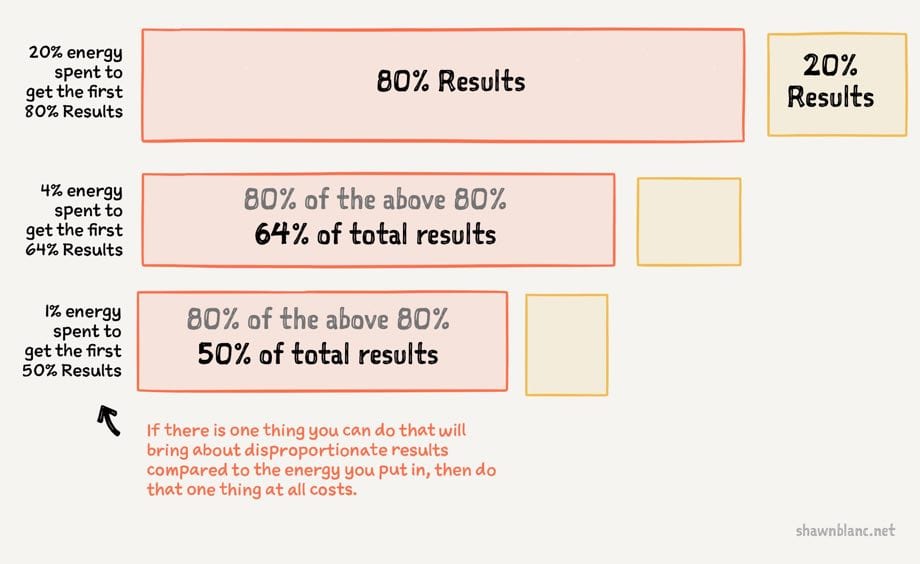Overcome Resistance and Do Your Best Creative Work
This is my talk from the 2015 Circles Conference in Dallas, Texas.
The talk is titled “The Fight to Stay Creative”, and during the presentation I talk about:
- My story of how I quit my job to blog for a living.
- The fears and challenges I’ve faced in launching over a half-dozen websites and products since 2011.
- How I push through those fears.
- The five most important factors that help us to do our best creative work every day.
This talk is, in a way, a summation of my “message” — the convergence of diligence and focus with creativity and fun.
It’s all about doing our best creative work. And, as you learn in the video, doing our best creative work is a fight.
* * *
Fighting to Stay Creative
Having fun is an excellent way to do our best creative work.
But as anyone who writes or draws or takes pictures for a living will tell you, thinking and creating something awesome every day can be excruciatingly painful. Doing our best creative work day in and day out is difficult. Creative work wears on your mind and your emotions instead of on your joints and muscles. Not to mention the sheer horror involved in the act of taking something you’ve created and putting it out there in public in the hopes of making a dollar so you can make something else and put it out there again.
* * *
On Episode 5 of The Weekly Briefly, Patrick Rhone was my guest and we were sharing some bits of writing advice for people wanting to build a website audience. One of the foundational principals we both agreed on was the immeasurable importance of having fun, which is not as easy as it sounds. As I mentioned above, publishing your creative work to the internet for all the world to see is often a very not-fun thing to do.
Patrick said something that is an excellent guiding principal to help you keep your writing fun: write the internet that you want to read.
There is something freeing about creating for yourself. When we take hold of that baton and create for that second version of ourselves, it’s like having a permission slip to do awesome work. And what better way to have fun than to do awesome work? There’s an inverse truth here as well: most of our best work comes from the place of delight. When we are excited about a project, that creative momentum propels us to think outside the box and to dream new ideas as the project takes residence as the top idea in our mind.
Bill Watterson, the creator of Calvin and Hobbes, would agree. Here’s an excerpt from a speech he gave in 1990 at the Kenyon College commencement ceremony:
If I’ve learned one thing from being a cartoonist, it’s how important playing is to creativity and happiness. My job is essentially to come up with 365 ideas a year.
If you ever want to find out just how uninteresting you really are, get a job where the quality and frequency of your thoughts determine your livelihood. I’ve found that the only way I can keep writing every day, year after year, is to let my mind wander into new territories. To do that, I’ve had to cultivate a kind of mental playfulness.
And here’s James Altucher in a Facebook status update about how to write for a living:
The most important thing for me: writing without fear. Writing without judgment. Writing without anger. Making writing fun. Writing right now. Writing is about freedom and not money.
Now, as you probably know all too well, in practice it’s not that easy. But you and I are not alone in our fight to stay creative. We can (and we should!) set ourselves up for success. By identifying the things that suffocate fun and creativity, as well as knowing the things that encourage creativity, we can wage war against the former and cultivate the latter.
Let’s start with the bad news first.
Stiflers of creativity
Below, I’ve listed the things that will cut off our ability and/or desire to do our best creative work. These are things that will whisper in our ear that our idea is pathetic and our implementation of it even worse. They urge us to give up, to move on, to quit, and to pacify our minds. They tell us that we have nothing unique to offer, that we have no value, and that everything will come crashing down any minute, so why even bother.
- Isolation: Being alone from any community, any peer group, and anybody who you can bounce ideas off of, get feedback from, and just other general human contact that reminds you of the fact you’re a real human being.
-
Ambiguity: Having unknown goals and trying to complete them in an undefined manner with a hazy schedule. Without clear goals, an action plan to accomplish them, and a schedule for when we are going to work, then we just meander around not actually doing anything.
-
Fear & anxiety: This includes fear of failure, fear of rejection. It can paralyze us from even getting started on our ideas because we fear it will come to nothing in the end anyway. Or we fear that when we are finished, people will reject our work and reject us as the author behind it. The problem here is that it puts all the value on the end result only, and places no value at all in the journey of the creative process itself. There is nothing wrong with failure and rejection — we can learn so much from those things! And there is no shortcut for experience. We mustn’t be afraid of failing nor of being rejected, and we must place more value on the act of creating so we can find joy in the journey and develop a lifetime of experience in making things.
-
Shame: Feeling inadequate as an artist at all, embarrassed about the work we’ve done, even embarrassed about the future work we haven’t even done yet. When we feel shame, we shy away from our big bold ideas and the result is a self-fulfilling prophecy and we make something completely devoid of life and opinion.
-
Doubt: Doubting that we have the skills to make anything at all; doubting our value as a creative person.
-
Comparison: There is a difference between learning and gleaning from others and comparing our work to theirs. Where there is comparison there is often envy as well. And this deadly pair will choke out any originality we have. Ray Bradbury, from his Martian Chronicles introduction, wrote: “I did what most writers do at their beginnings: emulated my elders, imitated my peers, thus turning away from any possibility of discovering truths beneath my skin and behind my eyes.”
-
Disillusionment: This is “a feeling of disappointment resulting from the discovery that something is not as good as one believed it to be.” We can get disillusioned in a million ways, and often the result is a loss of vision for doing our creative work. I avoid disillusionment by steering clear of the things and the people that represent what I consider the “worst” things of my areas of interest and work.
When we live with these stiflers of creativity as a permanent ailment for too long, it can lead to burn out. The solution isn’t to quit our creative endeavors altogether, but rather to get rid of the ailment. I will say, however, that quitting (or taking a sabbatical) works sometimes because when you fully remove yourself from the situation you have a chance to deal with the ailment in a new environment.
Identify these enemies in your creative life and wage war against them. Give yourself permission to do what it takes to set yourself up to do the best creative work you can do. Quit Twitter. Move to Atlanta. Only write and publish after 9pm at night. Whatever.
Stimulators and proponents of creativity
These are the things we want to cultivate as much as possible. Build these into your life and guard them with tenacity. These are not replacements for talent, knowledge, and perseverance — rather they are the things that serve as both the seedbed and the greenhouse in which creativity grows and flourishes.
- Community: You need community to help cultivate your ideas, encourage you to keep working, and to speak truth to you about the things you’re afraid of. If you work from home, community can be tricky. Have a chat room where some of your close friends are available; get out and go to coffee shops or parks; work from a coworking space regularly; eat meals with friends; actively engage in non-work-related relationships.
-
Clear goals: Having a defined goal can help us to focus on actually accomplishing our idea and making it happen. Looming, unanswered questions often lead to inaction and procrastination. Overcoming that is often as simple as defining an end goal. Of course, it’s worth noting that sometimes you just want to go out and take photographs and who cares what you shoot. Nothing wrong with that either, of course.
-
Trust: You have to trust your skills, trust your gut, and trust your value as a contributor. You’re not an impostor. And the more you learn and the more experience you gain, the more your skills will grow. But if you wait until you’ve “arrived” to begin your journey, it’s a logical impossibility that you will ever actually arrive. You have to step out the front door and start walking.
-
Experience: The more times we’ve gone down the same path, the more familiar with it we become. Experience breeds confidence. And confidence is the opposite of doubt. Thus, the more we do the work, the better we get at it. In part, we are getting better because that’s what happens when you practice. But also, we get better because the confidence which experience breeds helps us to loosen up, relax, and take new risks.
-
Rest: A surprisingly critical part of maintaining a consistently creative lifestyle is stepping away from the creative work at hand in order to recharge. The mind is like a battery, however — it recharges by running. Don’t default to TV and video games as your forms of rest. Get plenty of sleep. Take walks or drives. If you work with your mind, try resting with your hands and build something out of wood or plant a garden. Read. Etc.
-
Diligence: This includes spending our time wisely, having a routine, focus, and automation. Diligence isn’t a personality type, it’s a skill we learn. Some of us had a good work ethic instilled in us by our parents, some of us have had to cultivate it on our own later in life. It is silly to think a creative person should live without routine, discipline, or accountability. Sure, inspiration often comes to us when we least expect it, and so by all means, let us allow exceptions to our schedules. But sitting around being idle while we wait for inspiration is a good way to get nothing done. And worse, it is also a way to let the creative juices get stagnant.
Other factors and variables
There are some response-based factors that don’t make or break an artist in and of themselves, but, depending on what they are (and our response to them), they can empower or handicap us.
- Tools: Tools do not an artist make nor break; but the right tools can empower us to be more efficient and the wrong tools can slow us down.
-
Constraint: Constraint often breeds creativity because it forces us to think outside of the box, but too much constraint can actually stifle a project’s full potential.
-
Praise & criticism: The positive and negative feedback of people can be dangerous. If we take it to heart too much, it can easily lead to pride or depression. We should glean from the feedback we get, but not let it steer us in our goals and direction. One of the most dangerous questions a creative person can ask themselves is: “What if the critics are right?” If they’re right, you’ll already have known it. Let the council of your peers lead you, not the one-off praise or rejection of strangers.
-
Success & failure: Similar to praise and criticism, success and failure can be dangerous. Our successes and failures should be things we learn from and use as stepping stones in our ever-continuing journey to make awesome things. Successes and failures should be celebrated and learned from, but don’t treat them as stopping points.
-
Environment: A positive work environment can do wonders for your daily creative productivity. A distracting environment can stifle things. Do what you can to set up and maintain an awesome environment that fosters inspiration, creativity, focus, and fun.
* * *
As Hemingway said: “Write drunk; edit sober.” Alcohol aside, the point is that creating without inhibition results in better work in the end. Have fun when making, and go back later to fix those typos and bunny trails.
But, that’s not to say fun is the premier goal that in the fight to stay creative. The goal — the hope — is that we can do our best creative work, day in and day out, for years and years.
What’s so great about having fun in our creative work is that it stands as a signal, telling us we are “in the zone”. When we’re having fun in our creative work it usually means we feel safe to dream big and to take new risks. Not to mention, when we’re having fun, it gives us a natural energy that helps us persevere and bring our ideas to life.
* * *
P.S. This topic of staying creative has a significant presence in my book, Delight is in the Details. It’s such a critical discussion that I also made a video about it. You can watch the video here and buy the book here.
